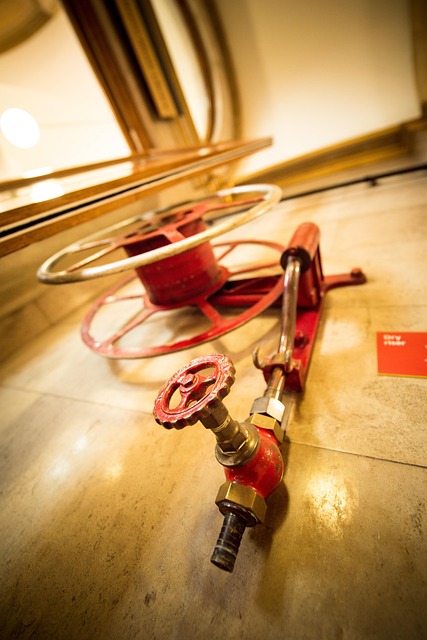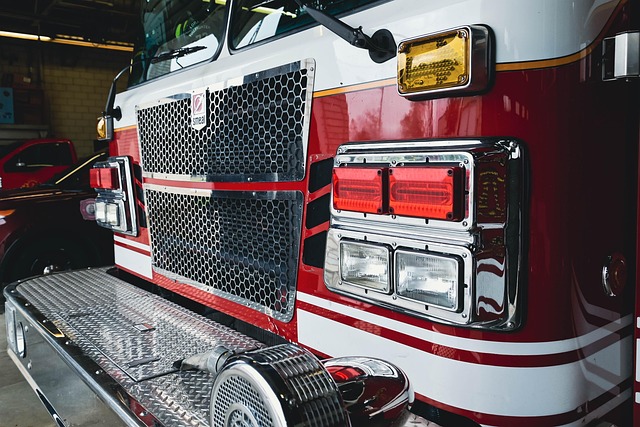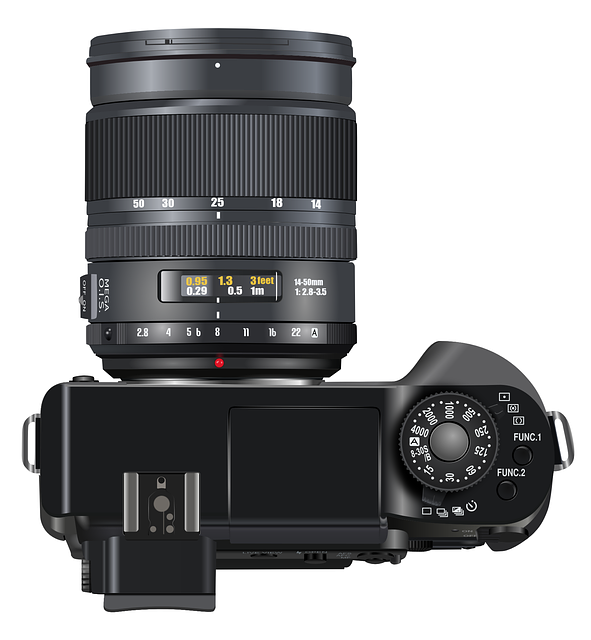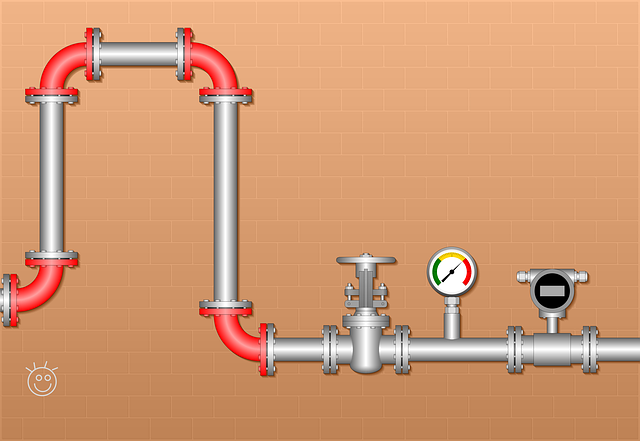The lid tight dome clamp prop is a vital tool in hazardous materials (hazmat) scenarios, ensuring secure containment of corrosive, flammable, or toxic substances. Effective emergency response demands specialized training for responders, focusing on both technical proficiency with the clamp and strategic adaptability in complex situations. A comprehensive training program should include theoretical lessons, hands-on realistic simulations, scenario-based exercises, and debriefing sessions. Regular evaluation and feedback integration are essential to continuously improve the program's effectiveness, ensuring teams are prepared to manage lid tight dome clamp prop related hazmat incidents efficiently and safely.
In the realm of hazardous material (Hazmat) management, effective clamping techniques are paramount. This article explores a dedicated training unit designed for dome clamp scenarios, focusing on the crucial role of ‘lid tight dome clamps’ in safety protocols. We delve into the unique risks and challenges posed by Hazmat situations, highlighting the necessity of comprehensive training. The unit’s objectives, components, and innovative hands-on techniques are outlined, ensuring professionals are equipped to handle real-world crises. Additionally, strategies for post-training evaluation and continuous improvement are discussed to enhance safety measures.
- Understanding Dome Clamp Hazmat Scenarios: Risks and Challenges
- The Role of Lid Tight Dome Clamps in Safety Protocols
- Comprehensive Training Unit Design: Objectives and Components
- Hands-on Training Techniques for Realistic Simulation
- Post-Training Evaluation and Continuous Improvement Strategies
Understanding Dome Clamp Hazmat Scenarios: Risks and Challenges

Dome clamp hazmat scenarios pose unique risks and challenges due to the nature of hazardous materials involved. These situations often require specialized training for emergency responders, as a single misstep can have severe consequences. A lid tight dome clamp prop, while seemingly simple, is a critical tool in managing such scenarios. It helps contain and secure hazardous substances, preventing spillage or evaporation that could lead to toxic exposures or environmental contamination.
The challenges extend beyond the technical aspects. Emergency responders must navigate labyrinthine procedures, understand complex risk assessment models, and make swift decisions under pressure. They need to be adept at using specialized equipment like lid tight dome clamps effectively and efficiently. Training units for these scenarios should emphasize not just the technical proficiency but also the strategic thinking required to adapt to dynamic situations where every second counts.
The Role of Lid Tight Dome Clamps in Safety Protocols

In hazardous materials (hazmat) scenarios, where containment and security are paramount, the lid tight dome clamp prop plays a pivotal role in safety protocols. These specialized clamps are designed to ensure that containers, such as drums or tanks, remain tightly sealed, preventing any potential leaks or spills of corrosive, flammable, or toxic substances. By employing lid tight dome clamps, response teams can confidently isolate and secure hazardous materials, minimizing the risk of environmental contamination and protecting personnel from dangerous exposure.
The effectiveness of these clamps lies in their ability to create an airtight seal on various container types, regardless of their size or shape. This versatility is crucial for versatile hazmat response, where rapid deployment and adaptability are essential. When properly utilized, lid tight dome clamps serve as a critical component in the overall safety strategy, complementing personal protective equipment (PPE) and other containment measures to create a robust defense against potential disasters.
Comprehensive Training Unit Design: Objectives and Components

A well-designed Comprehensive Training Unit for Dome Clamp Hazmat scenarios should aim to equip participants with the knowledge and skills necessary to handle such hazardous situations effectively. The objectives of this training program include understanding the specific risks associated with lid tight dome clamps, learning proper handling procedures, and mastering emergency response techniques.
The unit should comprise several key components. Firstly, theoretical lessons focusing on the mechanics of dome clamps, their applications, and potential hazards will lay the foundational knowledge. This is followed by hands-on training using realistic simulations and props, such as a lid tight dome clamp, to practice sealing and unsealing procedures under controlled conditions. Scenario-based exercises, including emergency evacuation drills, further enhance practical skills in managing hazardous materials securely within the clamps. Additionally, debriefing sessions after each exercise allow for knowledge retention and peer learning.
Hands-on Training Techniques for Realistic Simulation

In the training of personnel for hazardous materials (hazmat) scenarios involving the lid tight dome clamp prop, hands-on techniques are paramount to creating a realistic simulation. Participants should engage in practical exercises that mimic real-world conditions, such as donning personal protective equipment (PPE) and handling the clamp under various circumstances. This immersive approach allows trainees to experience firsthand the challenges and nuances of securing hazardous containers, enhancing their ability to react appropriately during actual emergencies.
Using lifelike props and mannequins, instructors can create dynamic training environments where trainees must navigate complex tasks. For instance, practicing the rapid deployment of the dome clamp under time pressure or in confined spaces sharpens their skills and fosters a sense of urgency essential for effective hazmat response. These hands-on techniques not only improve technique but also build confidence, ensuring that when faced with a real dome clamp scenario, responders are ready to act swiftly and securely.
Post-Training Evaluation and Continuous Improvement Strategies

After completing the training unit, evaluating the effectiveness of the program is paramount. This includes assessing the trainees’ proficiency in using the lid tight dome clamp prop during simulated hazardous scenarios. Feedback from both instructors and participants should be solicited to gauge the overall success and identify areas for enhancement. Observing the team’s coordination, problem-solving skills, and adherence to safety protocols provides valuable insights.
Continuous improvement is a key aspect of any successful training program. To refine the unit, consider incorporating feedback to modify scenarios, update instructional materials, and adapt teaching methods as needed. Regularly reviewing and updating the curriculum ensures that the training remains relevant and effective in preparing teams for real-world dome clamp hazmat incidents, ultimately enhancing their ability to manage such situations efficiently and safely.






